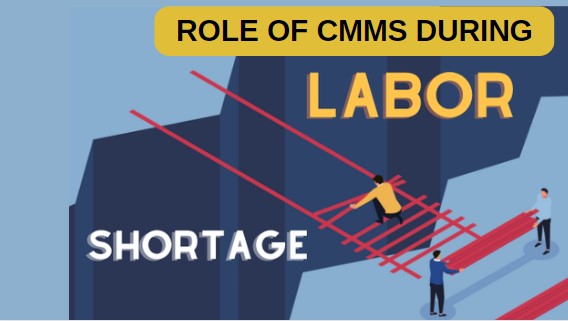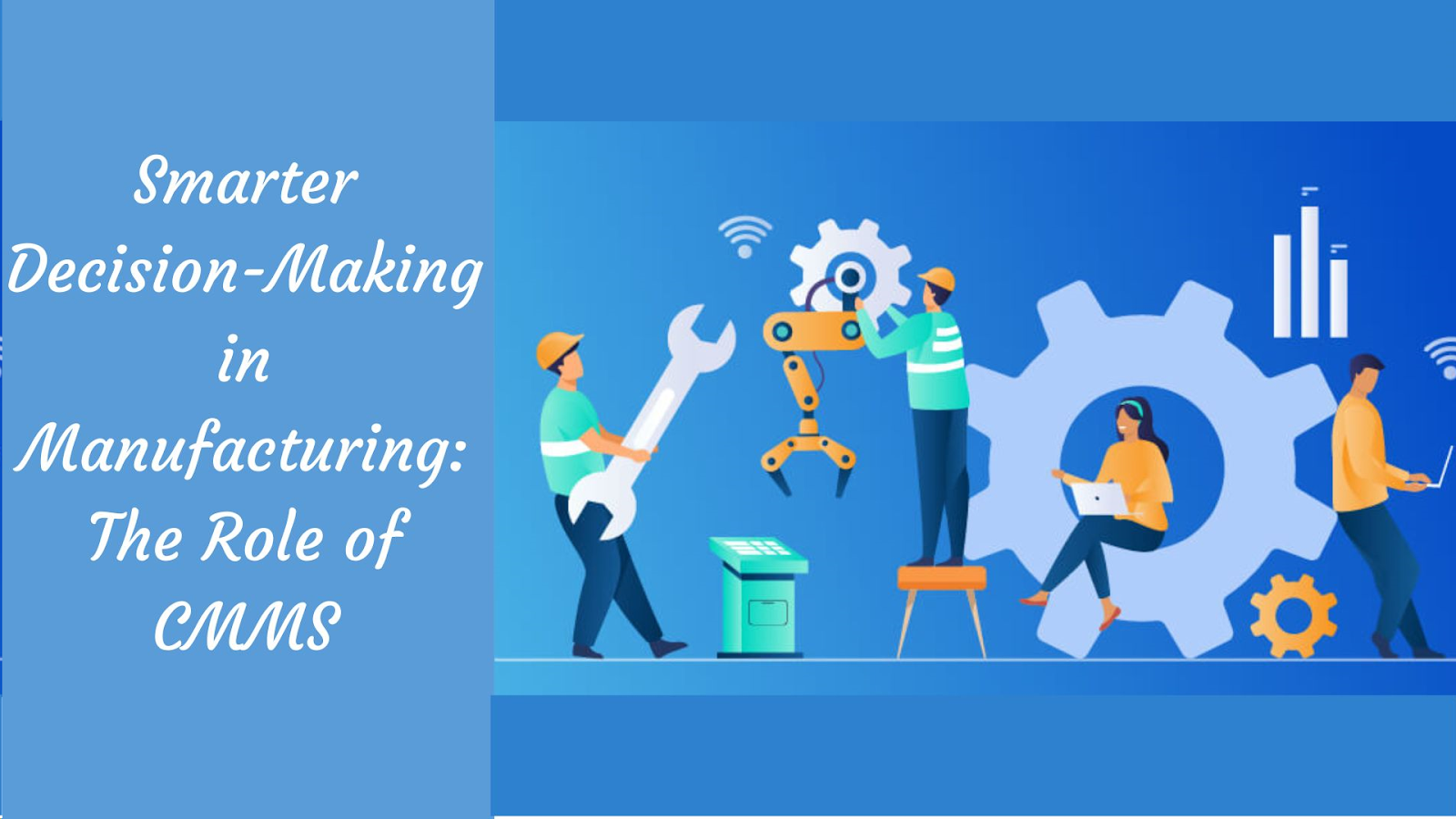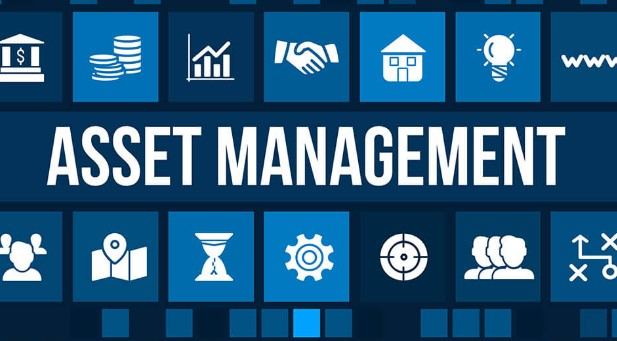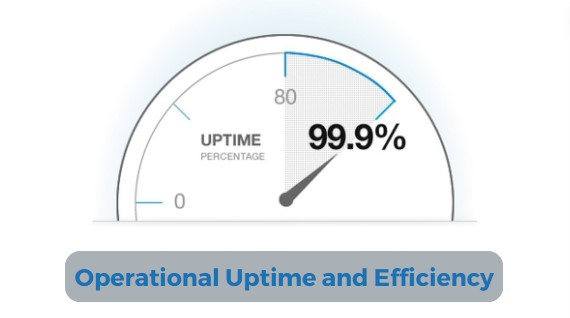
How CMMS create efficiencies during labor shortage?
Pratik Lohiya |
28 Mar 2024 |
06:56 AM
- What is CMMS
- Strategies to Address Labor Shortages
- How CMMS Enhances Operational Efficiency
- Utilizing CMMS for Asset Management and Compliance Reporting
- Conclusion

Smarter Decision-Making in Manufacturing: The Role of CMMS
Viki Dongare 03 Jun 2024 | 08:07 AMLearn how CMMS (Computerized Maintenance Management System) software is transforming maintenance management in manufacturing plants. Gain insights on how it is streamlining work order management, boosting efficiency, saving costs, and enhancing safety...
In today's fast-paced industrial landscape, the effective management of maintenance operations is crucial for sustaining productivity and minimizing downtime. However, amidst the persistent challenges posed by labor shortage across various industries, achieving this efficiency becomes increasingly challenging. This is where Computerized Maintenance Management Systems (CMMS) emerge as indispensable tools, offering innovative solutions to tackle the complexities of maintenance tasks while navigating the constraints of reduced labor availability.
What is CMMS
Computerized Maintenance Management Systems, commonly referred to as CMMS, are sophisticated software solutions designed to streamline and optimize maintenance management processes. By digitizing maintenance workflows, CMMS system facilitate the scheduling, tracking, and execution of preventive maintenance tasks, ensuring equipment reliability and prolonging asset lifespans.
Overview of Labor Shortages in Various Industries
Across sectors such as manufacturing, healthcare, and facilities management, labor shortages have become a pressing concern. Skilled workers are in high demand, yet the supply remains insufficient to meet the industry's needs. This scarcity of labor not only strains existing maintenance teams but also jeopardizes operational continuity and profitability.
Importance of Efficient Maintenance Management During Labor Shortages

During periods of labor shortage, the role of efficient maintenance management becomes even more critical. Preventive maintenance, facilitated by CMMS, emerges as a proactive strategy to mitigate the impact of labor constraints. By preemptively addressing equipment issues and optimizing maintenance workflows, businesses can minimize downtime, reduce maintenance costs, and ensure operational resilience in the face of labor shortages.
Strategies to Address Labor Shortages
Investing in Training Programs - Investing in comprehensive training programs equips existing maintenance workers with the skills and knowledge needed to handle diverse tasks efficiently. By enhancing the capabilities of the existing workforce, businesses can bridge skill gaps and ensure continuity in maintenance operations.
Offering Incentives for Employee Referrals - Encouraging employees to refer skilled candidates can be a valuable strategy for attracting new talent amidst labor shortage. Offering incentives such as referral bonuses incentivizes employees to actively participate in the recruitment process, expanding the pool of potential candidates.
Providing Career Advancement Opportunities - Creating clear pathways for career advancement within the maintenance department can improve employee retention and morale. By offering opportunities for skill development, promotion, and recognition, businesses can incentivize skilled workers to remain with the organization long-term.

Ensuring Safe and Supportive Work Environments - Prioritizing workplace safety and fostering a supportive work environment are essential for retaining existing maintenance workers and attracting new talent. Businesses should implement robust safety protocols, provide necessary equipment and resources, and promote open communication to ensure employee well-being and satisfaction.
How CMMS Enhances Operational Efficiency
In the face of labor shortage, the adoption of Computerized Maintenance Management Software (CMMS) emerges as a strategic imperative for organizations seeking to maximize operational efficiency. Here's how CMMS enhances efficiency across various facets of preventive maintenance management:

Reducing Training Time for Maintenance Workers - CMMS streamlines the onboarding process for new maintenance workers by providing comprehensive training modules and digital resources. With user-friendly interfaces and intuitive navigation, CMMS platforms enable workers to quickly familiarize themselves with maintenance procedures.
Streamlining Maintenance Processes with CMMS - By digitizing and automating maintenance workflows, CMMS streamlines processes such as work order generation, task assignment, and inventory management. Maintenance workers can efficiently access relevant information, prioritize tasks, and track progress in real-time, leading to smoother operations and faster response times to maintenance issues.

Real-time Monitoring and Diagnostics of Equipment - One of the key advantages of CMMS is its ability to monitor equipment performance in real-time and detect potential issues before they escalate into costly breakdowns. Through predictive maintenance capabilities, CMMS software analyzes equipment data, identifies anomalies, and triggers alerts, allowing maintenance teams to proactively address maintenance needs and prevent unplanned downtime.
Optimizing Workforce Scheduling - CMMS facilitates optimal utilization of maintenance resources by enabling dynamic workforce scheduling based on workload, skillset, and availability. Maintenance managers can efficiently assign tasks, allocate resources, and adjust schedules as needed, ensuring that the right personnel are deployed to address maintenance tasks promptly, even in the face of labor shortages.
By leveraging CMMS to reduce training time, streamline processes, enable real-time monitoring, and optimize workforce scheduling, businesses can enhance operational efficiency and overcome the challenges posed by labor shortage, ultimately ensuring sustained productivity and profitability.
Utilizing CMMS for Asset Management and Compliance Reporting

Efficient asset management and compliance reporting are critical components of successful maintenance operations, particularly in industries such as healthcare, manufacturing, and facilities management. Here's how Computerized Maintenance Management System (CMMS) play a pivotal role in achieving these objectives:
Implementing Asset Lifecycle Management Strategies
CMMS enables businesses to implement comprehensive asset lifecycle management strategies by providing a centralized platform for tracking and managing equipment throughout its entire lifecycle. From procurement and installation to maintenance and retirement, CMMS streamlines asset management processes, ensuring optimal utilization and prolonging asset lifespan.
Maximizing Equipment Uptime and Performance
One of the primary goals of maintenance managers is to maximize equipment uptime and performance while minimizing downtime and disruptions. CMMS achieves this by facilitating preventive maintenance scheduling, tracking equipment health in real-time, and triggering proactive maintenance interventions when necessary. By addressing issues before they escalate, CMMS helps businesses maintain high levels of equipment uptime and performance, even in the face of labor shortages.

Reducing Maintenance Costs with CMMS
Effective cost management is essential for businesses striving to remain competitive in today's market. CMMS contributes to cost reduction by optimizing maintenance processes, minimizing unplanned downtime, and prolonging equipment lifespan through preventative maintenance strategies. By streamlining maintenance activities and maximizing employees efficiency, CMMS helps businesses reduce overall maintenance costs and improve the bottom line.
Tracking Activities for Compliance Audits and Generating Regulatory Reports
Compliance with industry regulations and standards is paramount for businesses operating in regulated environments such as healthcare facilities. CMMS simplifies compliance reporting by tracking maintenance activities, documenting work performed, and generating comprehensive reports for regulatory audits. By ensuring adherence to regulatory requirements and standards, CMMS helps businesses mitigate compliance risks and maintain a positive reputation within their respective industries.

CMMS serves as a powerful tool for asset management and compliance reporting, enabling businesses to optimize equipment performance, reduce maintenance costs, and ensure regulatory compliance. By leveraging CMMS capabilities effectively, businesses can enhance operational efficiency, mitigate risks, and achieve long-term success in today's competitive business landscape.
Conclusion
The utilization of Computerized Maintenance Management System (CMMS) emerges as a game-changer in addressing the challenges posed by labor shortages in maintenance operations. By focusing on strategic recruitment efforts, businesses can attract and retain skilled technicians, bolstering their maintenance teams and enhancing operational efficiency.
The implementation of CMMS not only streamlines maintenance processes but also fosters a culture of continuous improvement by standardizing best practices across facilities. By centralizing work orders, scheduling maintenance tasks, and tracking equipment performance, CMMS empowers maintenance teams to work more efficiently, effectively, and proactively.
Furthermore, CMMS serves as a cornerstone for modern facility management, providing a comprehensive platform for managing maintenance activities, tracking resources, and optimizing workflows. Through the integration of advanced management software, businesses can gain real-time insights into facility management, identify areas for improvement, and drive operational excellence.
Ultimately, the adoption of CMMS represents a strategic investment in the future of maintenance management. By embracing technology-driven solutions and leveraging data-driven insights, businesses can navigate labor shortages with confidence, ensuring the continued reliability, safety, and compliance of their facilities.
In today's rapidly evolving business landscape, the ability to adapt and innovate is key to success. By harnessing the power of CMMS and embracing a culture of continuous improvement, technicians and managers can stay ahead of the curve, maximize efficiency, and achieve their maintenance management goals.
CMMS serves as a catalyst for change, enabling businesses to overcome labor shortages, improve efficiency, and elevate maintenance operations to new heights of success. As the demand for skilled technicians continues to rise, CMMS remains a valuable asset for businesses seeking to thrive in an increasingly competitive marketplace.